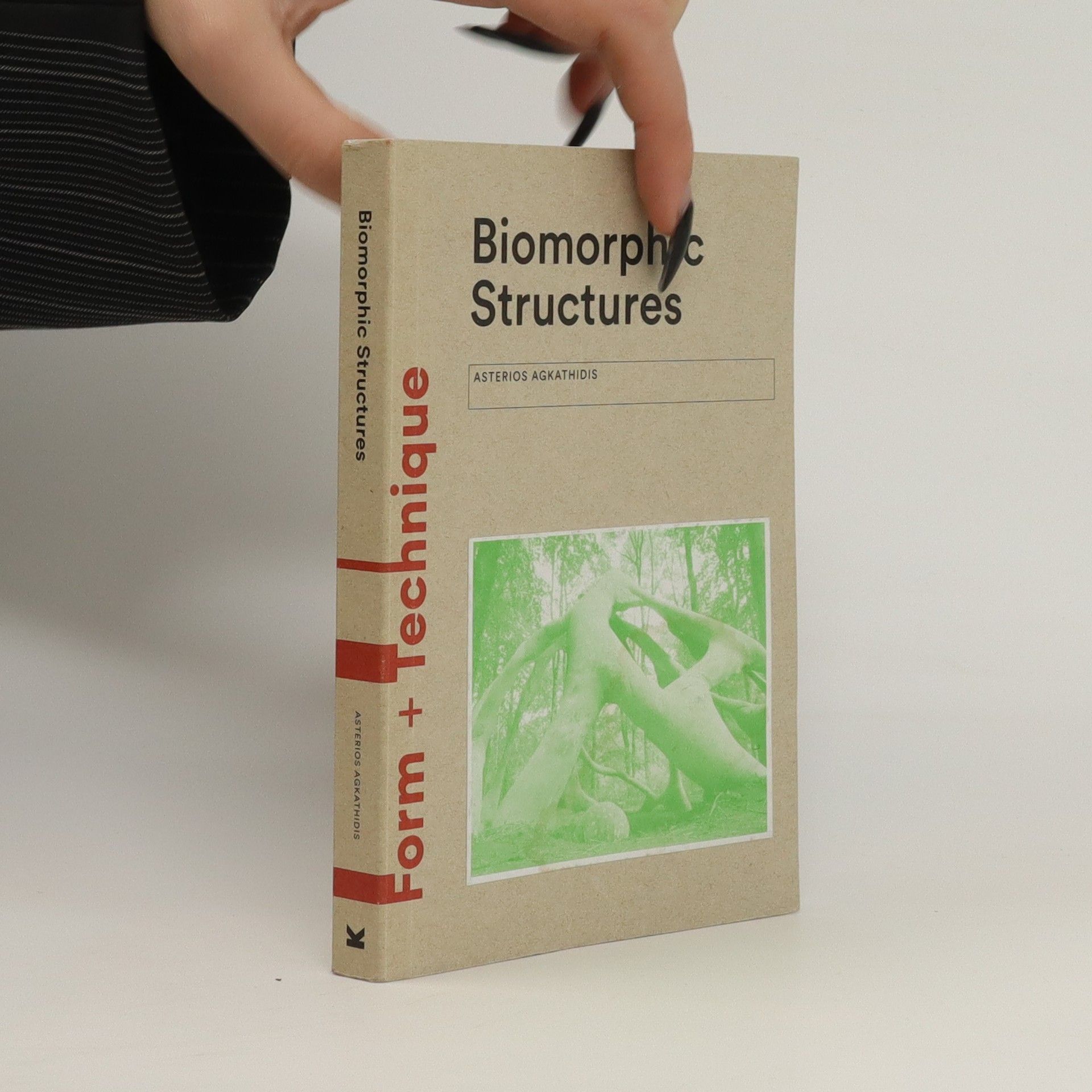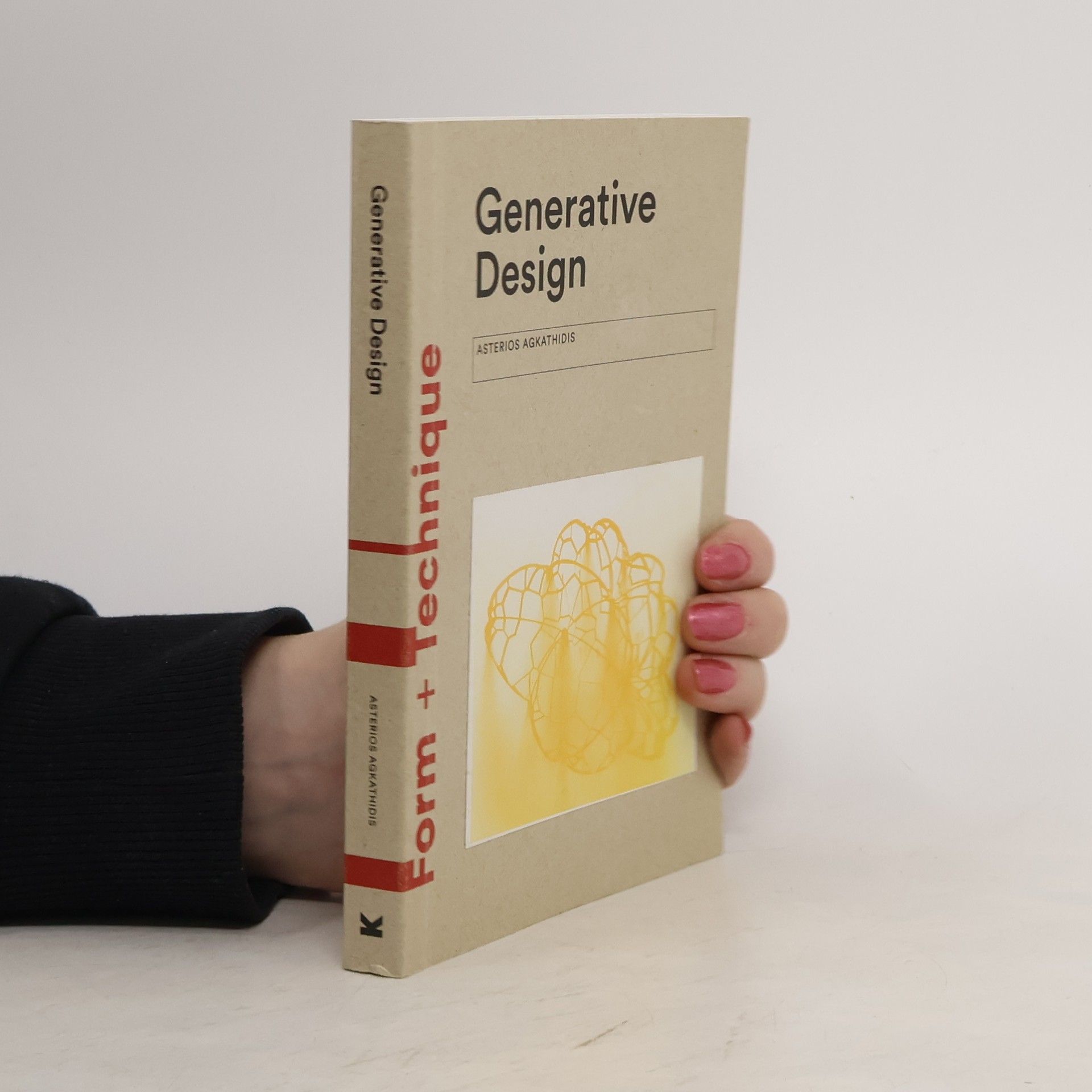Generative Design: Form-finding Techniques in Architecture
- 160pages
- 6 heures de lecture
Generating form is the fundamental aspects of architectural education and practice. Using 12 architectural projects, this book explores how generative design processes can integrate digital as well as physical design tools and techniques to produce innovative forms that cohere with structural and material principles, performance and context.


